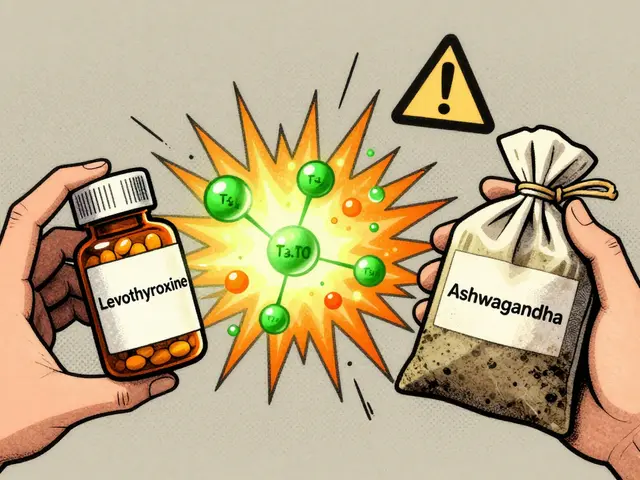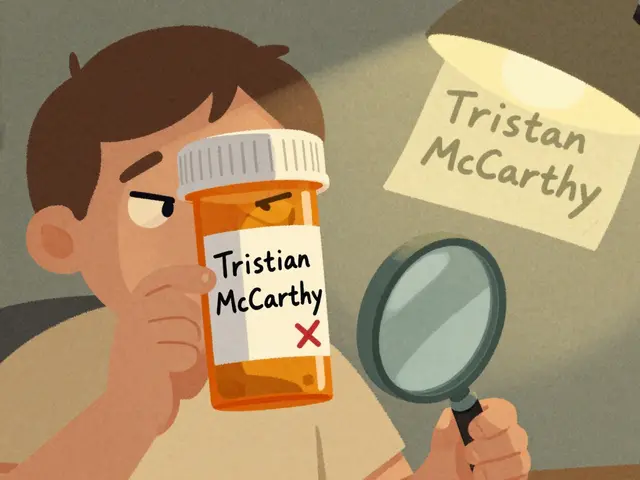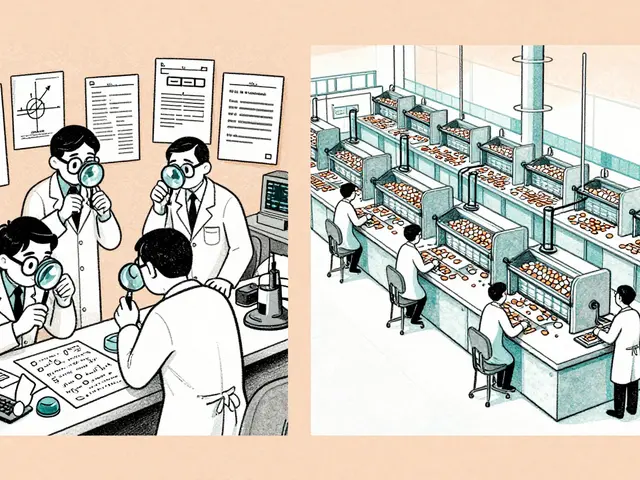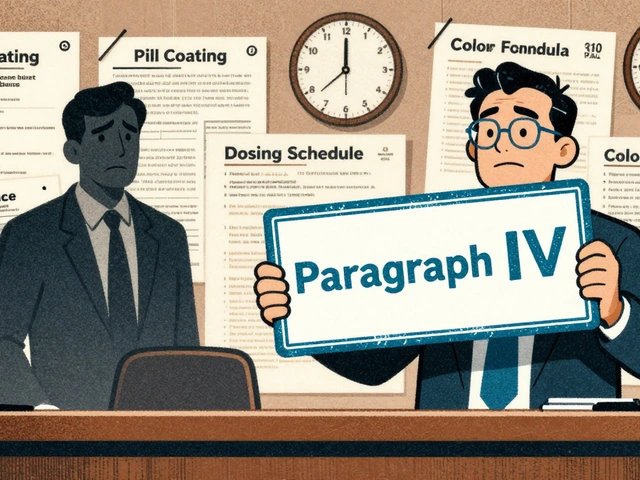Calcimimetics: A Practical Guide to How They Work and When They’re Used
When working with calcimimetics, medications that activate the calcium‑sensing receptor to reduce parathyroid hormone secretion. Also known as calcium‑mimetic agents, they play a key role in managing disorders of calcium balance.
Understanding calcimimetics starts with the hormone they target: parathyroid hormone, the primary regulator of blood calcium levels produced by the parathyroid glands. When PTH spikes, calcium leaves bones, kidneys re‑absorb more, and the gut absorbs less, leading to a cascade of health issues. Calcimimetics essentially tell the body “enough calcium is present,” prompting the glands to dial back PTH production.
Why the Calcium‑Sensing Receptor Matters
The calcium‑sensing receptor, a protein on parathyroid cells that detects extracellular calcium levels is the molecular switch that calcimimetics flip. By binding to this receptor, the drugs increase its sensitivity, so even modest calcium levels appear high to the gland. This results in lower PTH, stabilised calcium, and reduced risk of bone loss or vascular calcification.
One common clinical scenario is secondary hyperparathyroidism, a condition where chronic kidney disease triggers excessive PTH release. Kidneys can’t convert vitamin D to its active form, and phosphorus builds up, both of which stimulate the parathyroids. Calcimimetics become a frontline tool here because they act directly on the receptor rather than relying on vitamin D metabolism.
Dialysis patients illustrate the real‑world impact. When the kidneys fail, phosphate retention and low calcium drive PTH up, risking bone pain and cardiovascular calcifications. Adding a calcimimetic to the regimen often lowers PTH by up to 40 % compared with diet and phosphate binders alone, translating into fewer fractures and better quality of life.
Beyond kidney disease, calcimimetics find use in rare cases of primary hyperparathyroidism where surgery isn’t an option. By suppressing PTH, they can normalize calcium levels, alleviate kidney stones, and improve neuro‑muscular symptoms without invasive procedures.
The drug class also interacts with other therapies. Vitamin D analogues boost calcium absorption, while calcimimetics reduce PTH; together they create a balanced approach. However, overt suppression can cause hypocalcaemia, so clinicians monitor serum calcium regularly and adjust doses accordingly.
From a safety standpoint, the most common side effects are mild nausea, vomiting, and low calcium symptoms like tingling. Serious complications are rare, but patients with severe heart disease need careful assessment because rapid shifts in calcium can affect cardiac rhythm.
Research continues to fine‑tune dosing schedules, explore newer agents with longer half‑lives, and evaluate long‑term outcomes on bone density and cardiovascular health. Early trials suggest that sustained PTH control may slow the progression of vascular calcification, a leading cause of mortality in dialysis cohorts.
In summary, calcimimetics sit at the intersection of endocrinology, nephrology, and bone health. They work by enhancing the calcium‑sensing receptor, lowering parathyroid hormone, and stabilising calcium levels across a range of conditions. Below you’ll find a curated list of articles that dive deeper into specific drugs, buying guides, price comparisons, and safety tips, giving you a full toolbox to manage your health or support a loved one’s treatment journey.










